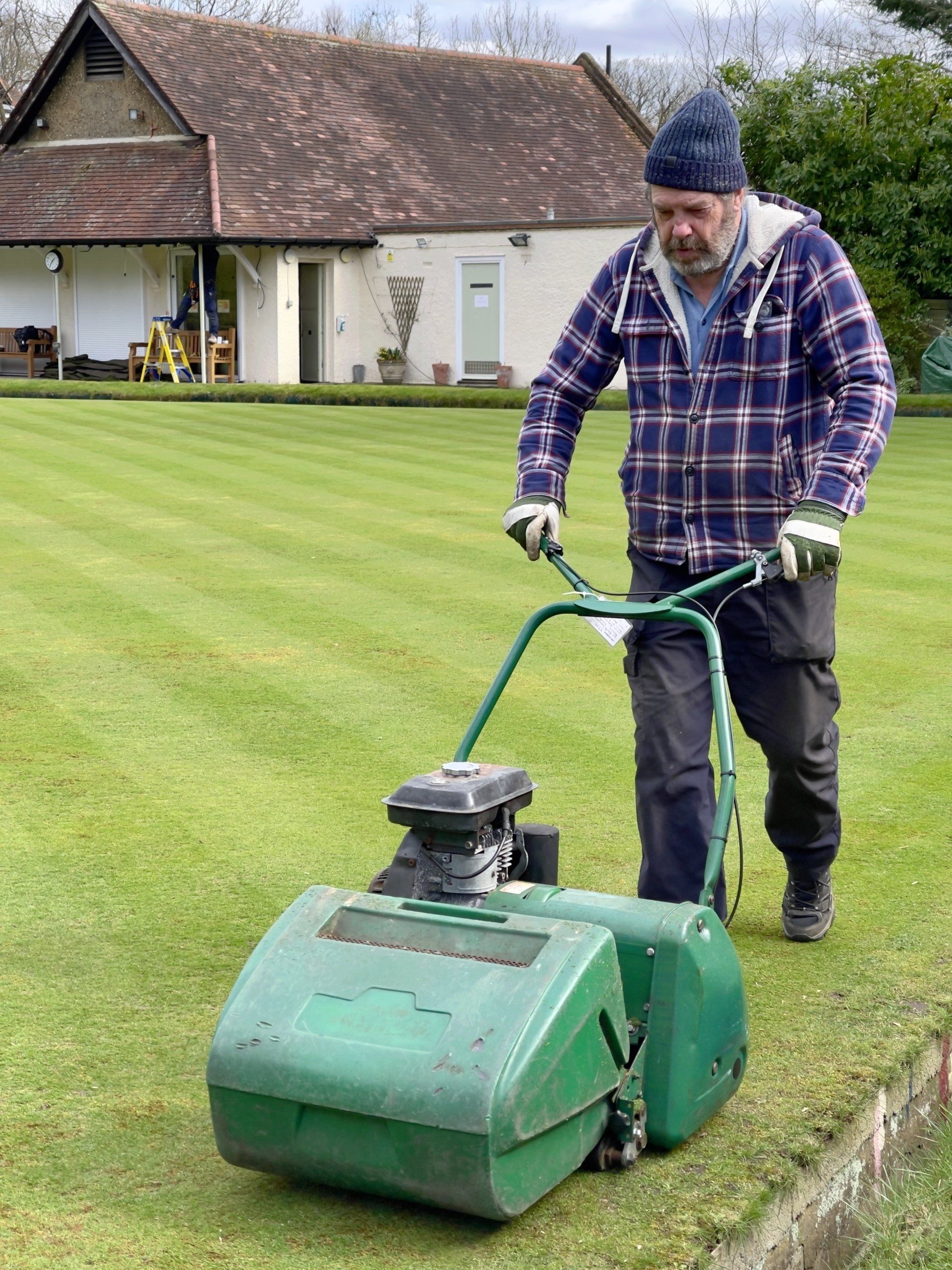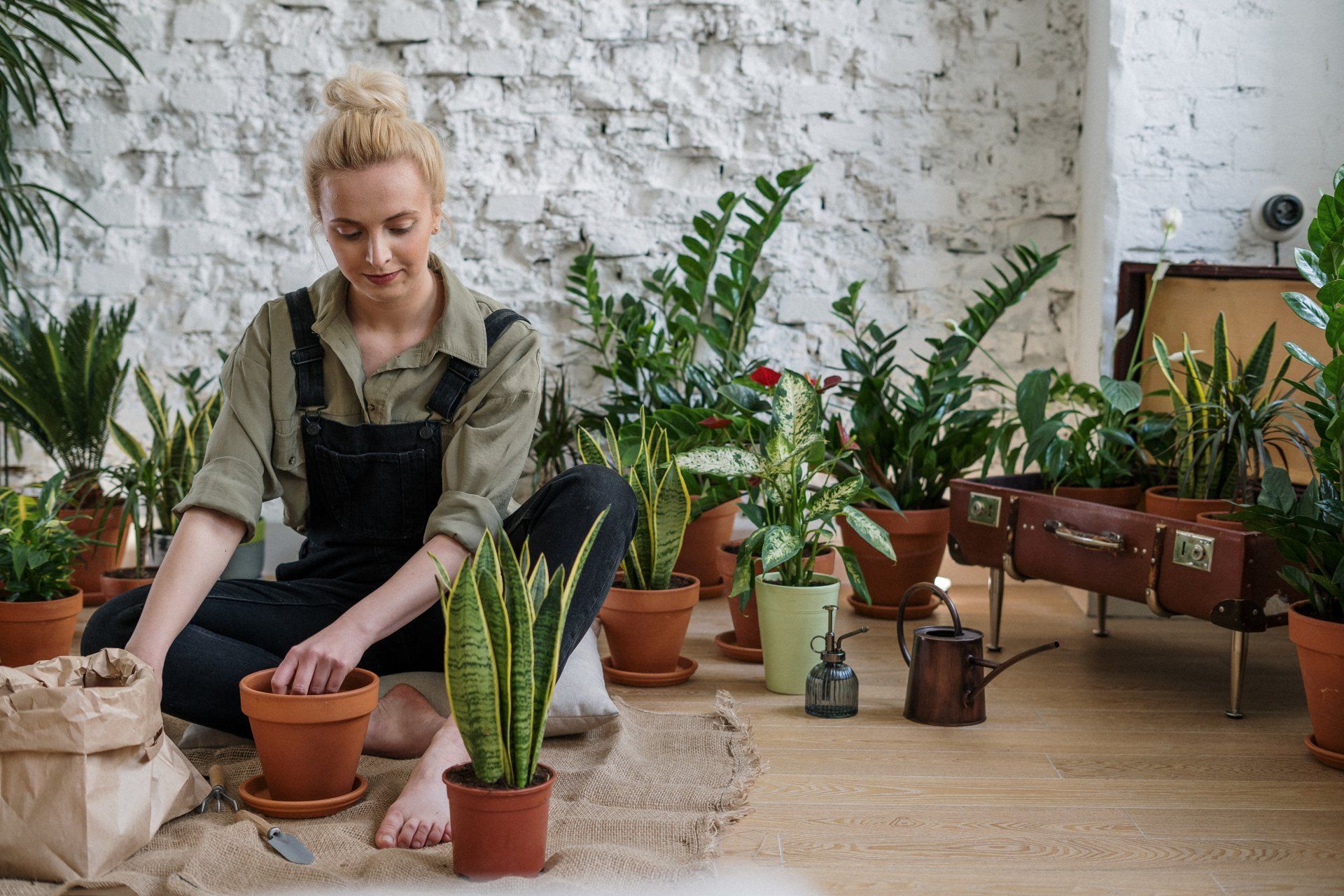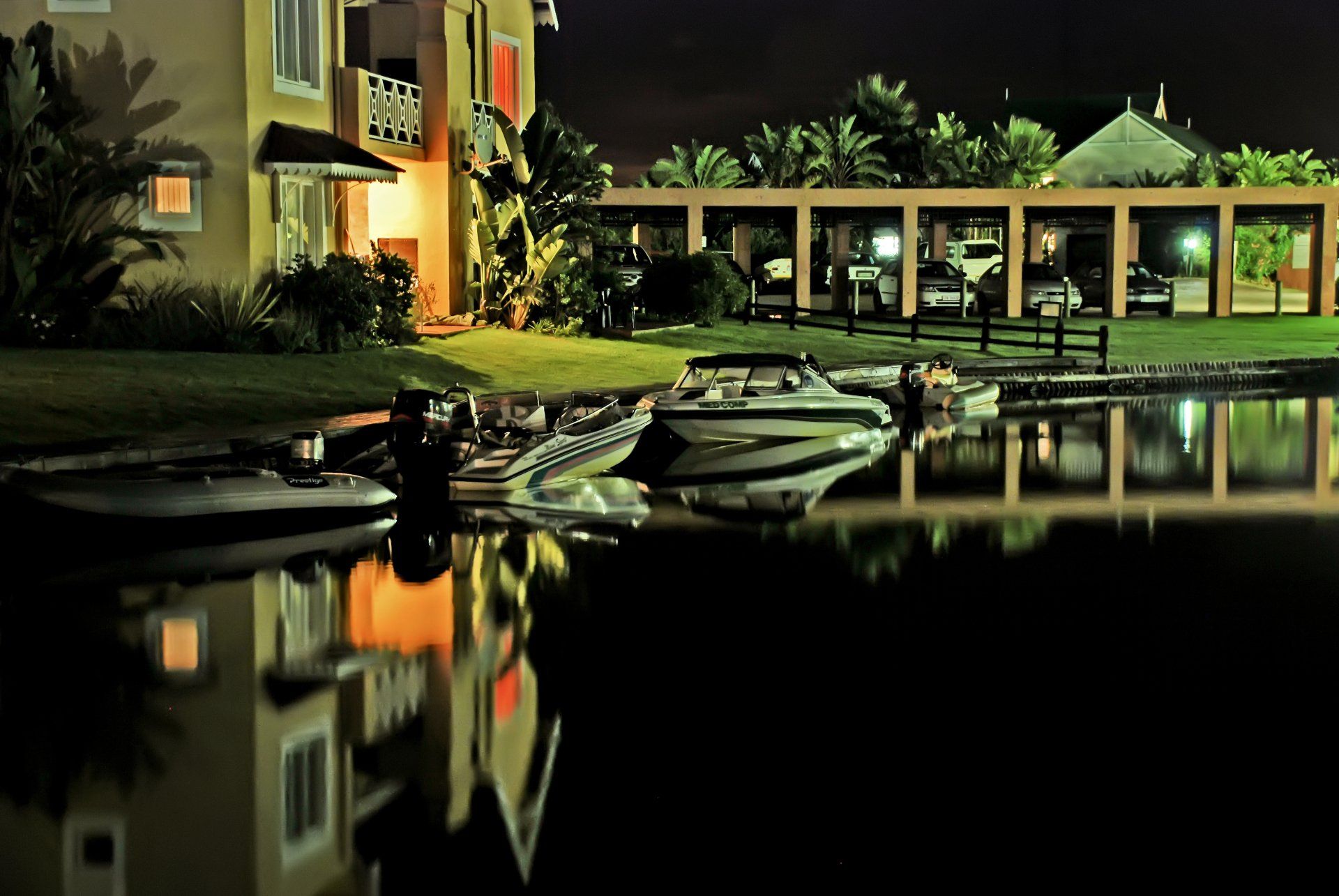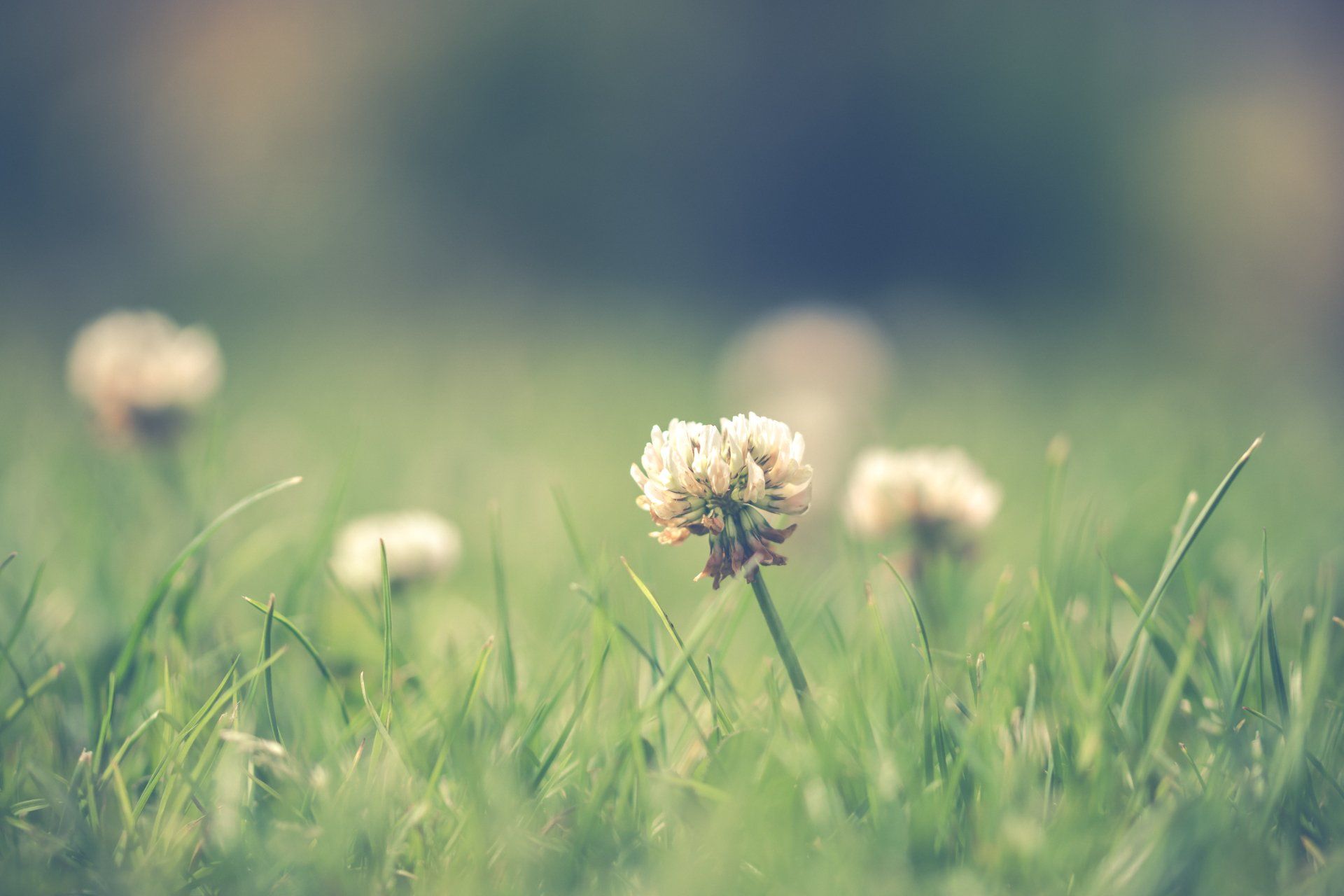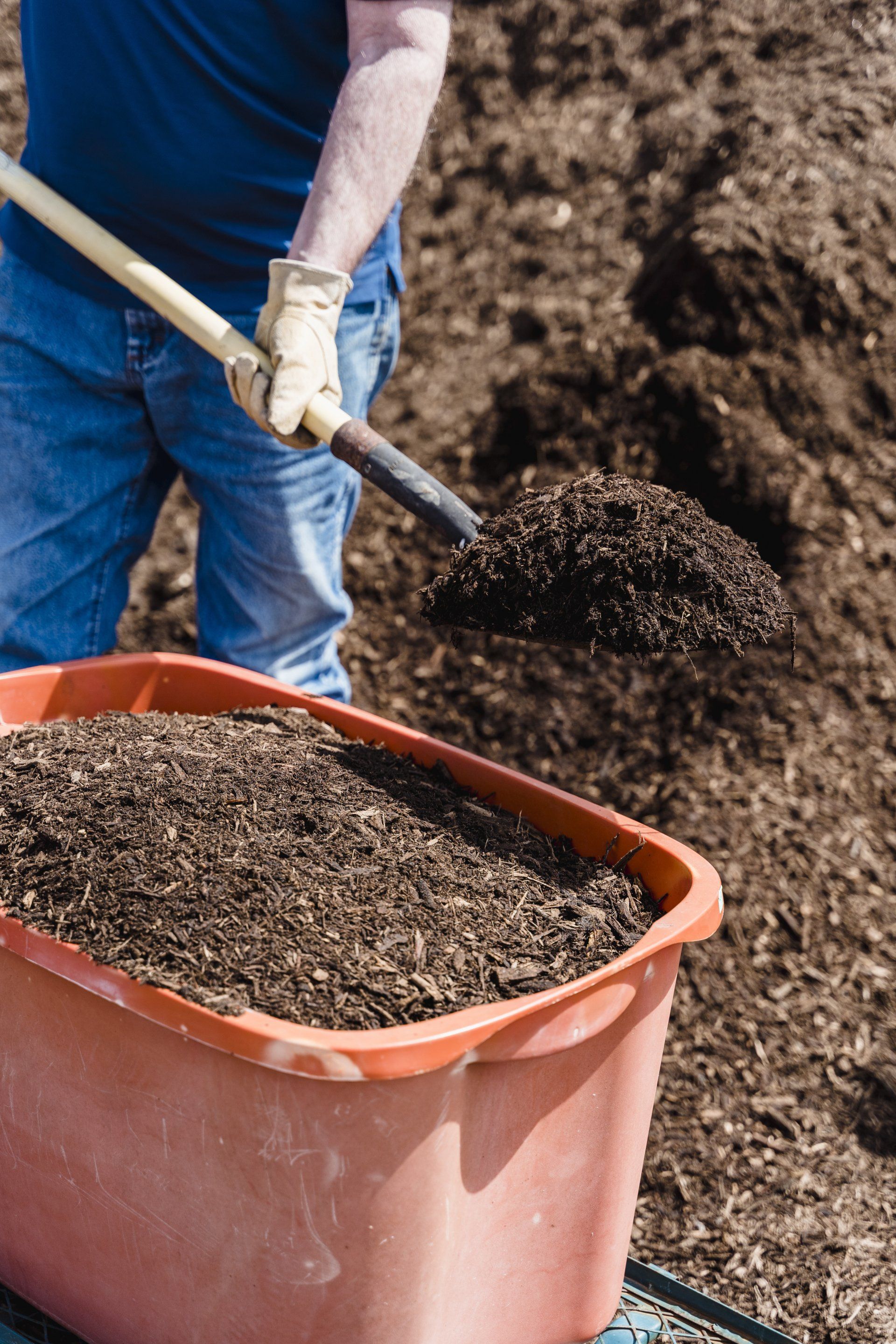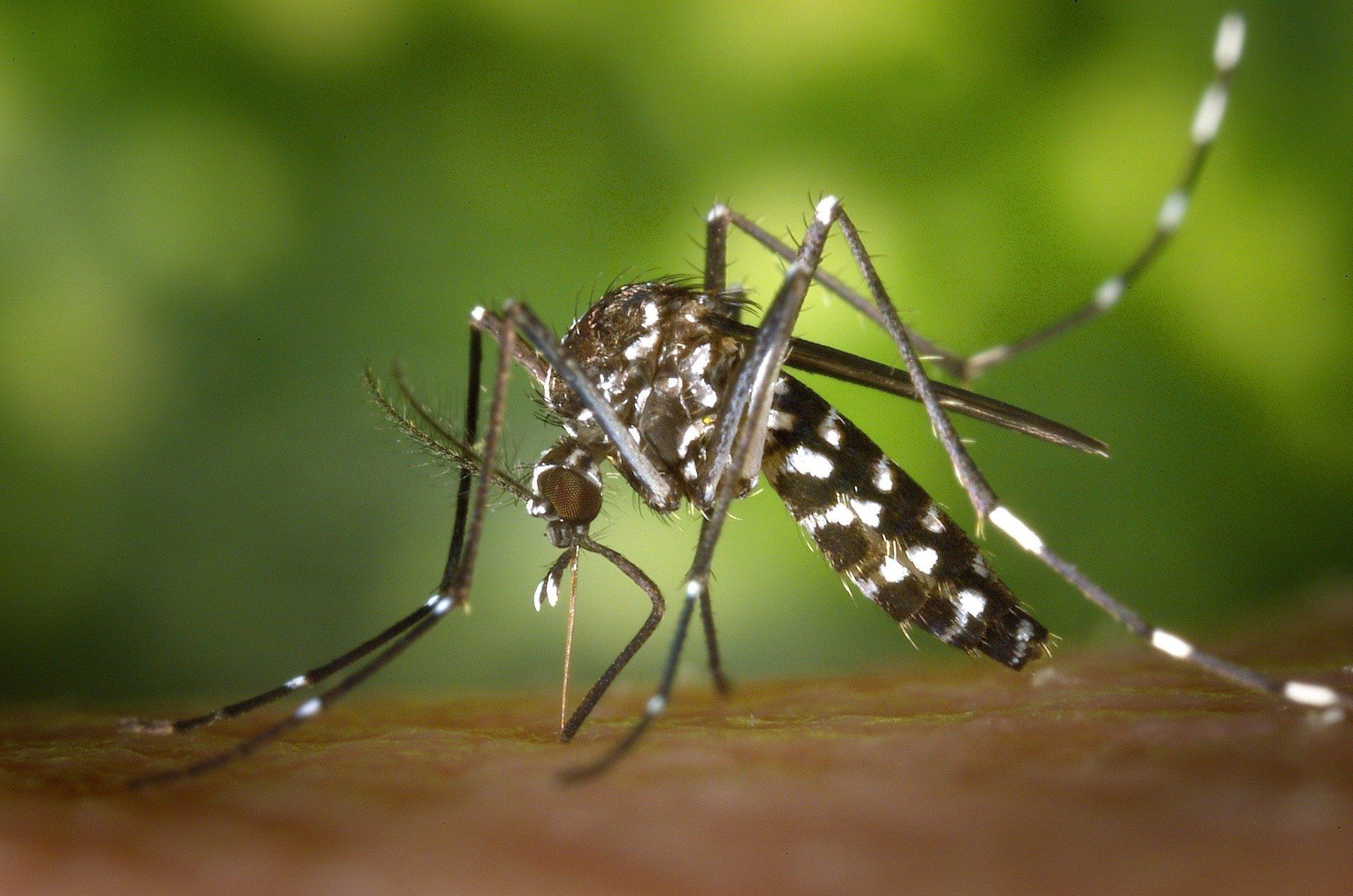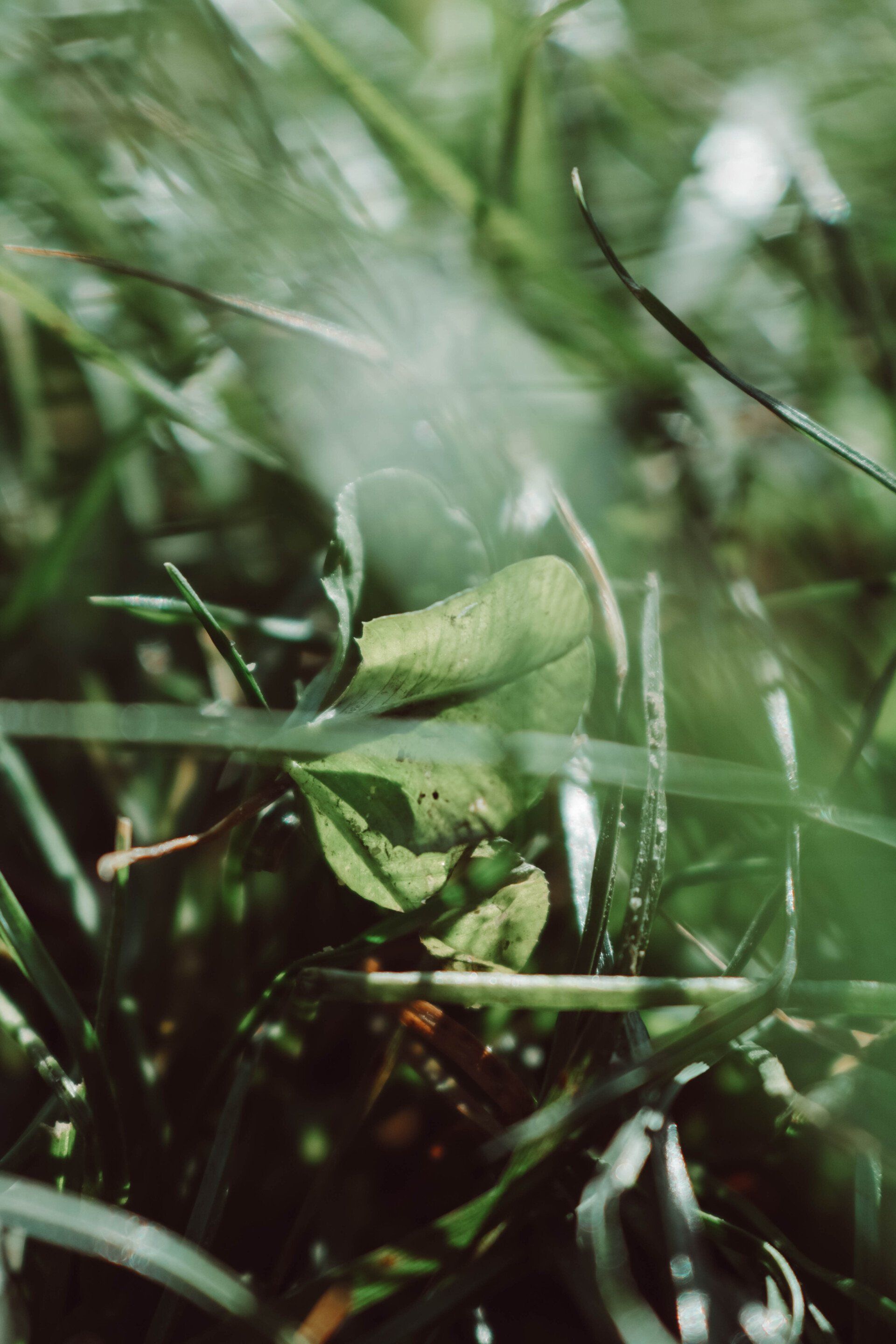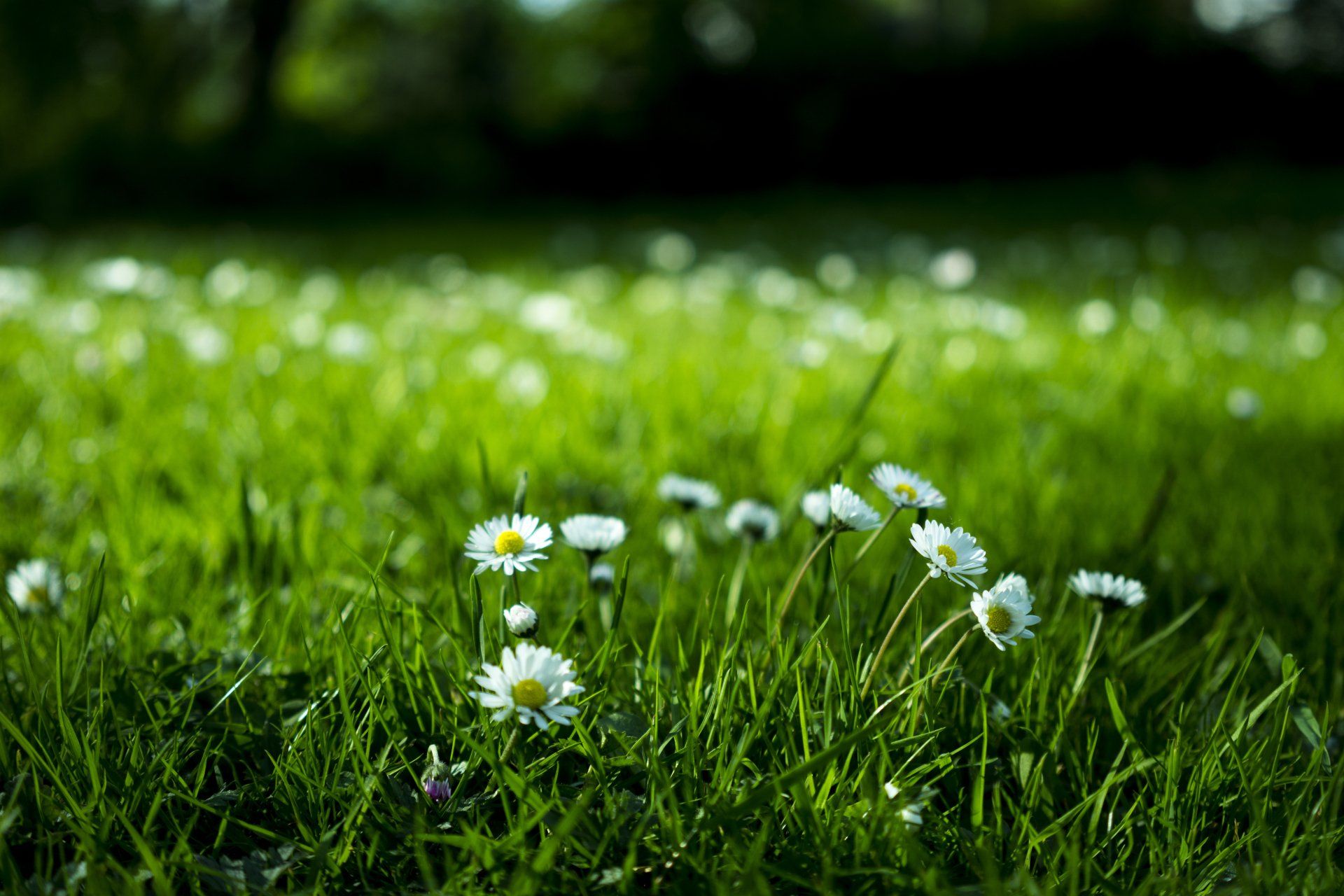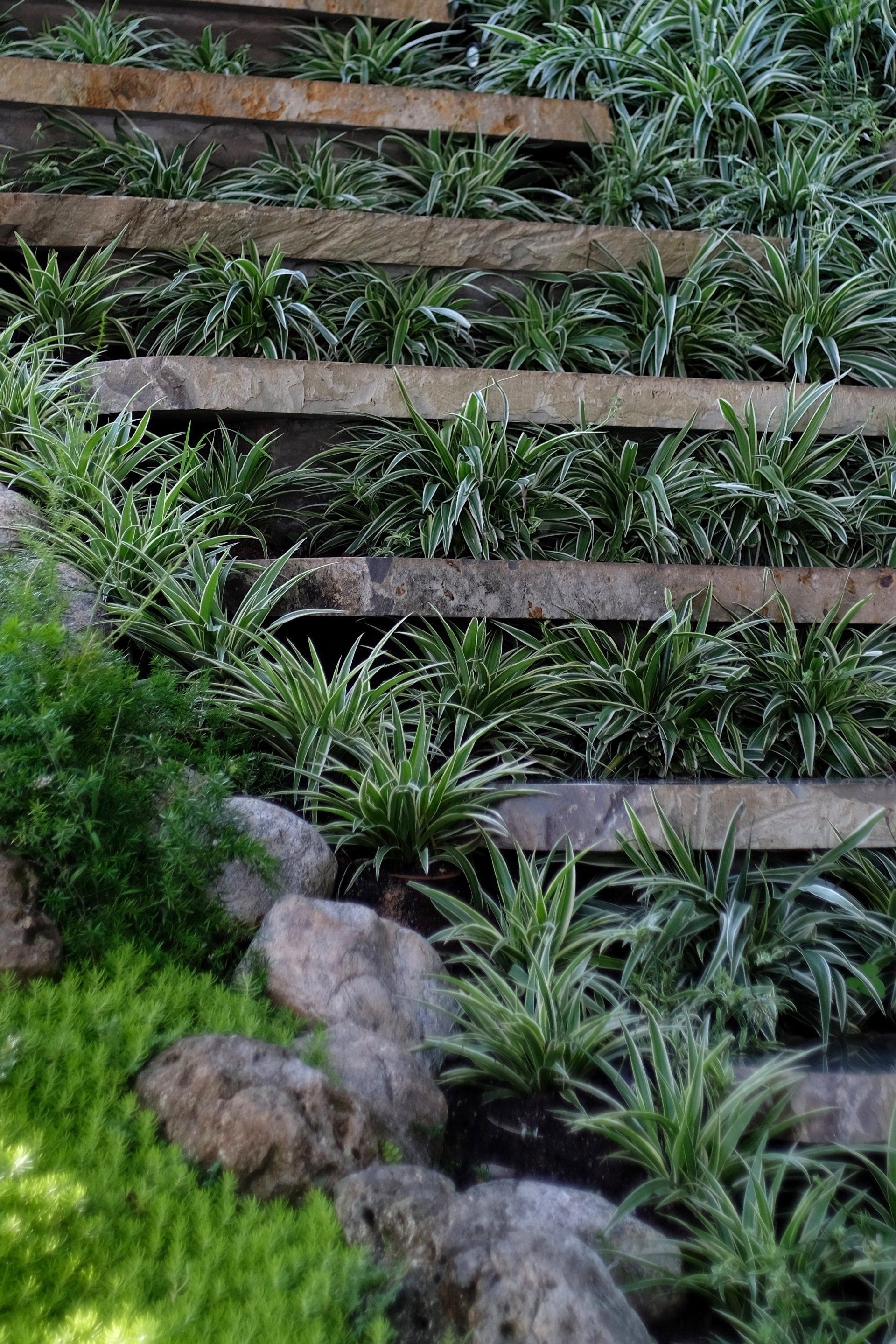How to Care for a Venus Fly Trap
How to Care for a Venus Fly Trap
Although the Venus Fly Trap is not the only carnivore plant, it's perhaps the most popular. The plants are located in regions where the soil is of very little or no nutritional value, which makes them find food sources other than their primary sources. If you're looking to find something visually intriguing and fun addition to your garden, the Venus Fly Trap may be exactly what you're looking to find. We are happy to give you all the necessary information to maintain the health and longevity of this plant.
Venus Fly Trap Facts
- Dionaea Muscipula, Venus Fly Trap, can only be found in coastal swamps in North as well as South Carolina.
- They can last up twenty years or more and are thought of as a threat to loss due to destruction of the natural habitat and excessive harvesting.
- Venus Fly Traps are perennial and will flower every year, releasing tiny white flowers that are decorated by green lines.
- In the winter, the leaves become black, and the traps will drop off.
- Venus Fly Traps can digest human flesh.
- Each trap is only able to last between four and six meals before changing to a dark shade and then falling off.
Caring for Your Venus Fly Trap
Soil
If you decide to purchase specially-designed potting soil or build your own, your growing soil must be rich in nutrients to ensure that plants can are able to survive. Regular potting soil is likely to ruin the roots, just like any commercial fertilizer, and should be avoided. A 50/50 mixture of perlite and peat moss helps to aerate and retain water, and it is recommended to buy pure peat moss since some of the brand-name products contain fertilizer.
Water
In the natural world, it is known that the Venus Fly Trap grows in moist soil with no nutritional value. It does not react effectively to water from the tap, which is a rich source of minerals, including chlorine, sodium, sulfur, magnesium, and many more. Carnivorous plants must be fed with pure water like reverse osmosis, distilled, or rainwater.
They prefer soil that is moist but not too saturated. In times of vigorous growth, the plants must be watched to ensure that the soil isn't drying out completely while remaining humid.
When the plants are in dormancy, which is from November through February, the plants should be kept cool and the soil allowed to get nearly dry prior to irrigation.
Light
During the times of growth, the plants need to be exposed to a minimum of 4 hours of direct sunlight and at least 12 hours of sunlight. A sunny, south-facing glass ledge would be the best spot; however, during times of dormancy, the window ledge could become too hot. Transfer the plant to a cooler spot like an unheated greenhouse or near windows in garages. Don't forget to water it.
Feeding
The Venus Fly Trap can distinguish between food and non-food items and won't waste energy to close the trap for things that aren't considered prey. Each trap is equipped with six trigger hairs, with three on each side and two need to be tickled in order for the plant is able to be activated.
Once the trap is shut, the trap is sealed tightly to keep the animal from fleeing, and the digestion process commences. Within 10 days, the process is completed, and the trap is reopened to eliminate the husk.
The majority of plants can survive by themselves using the common household insect; however, should you decide to feed it, you should only use dead or live insects. Avoid the temptation to feed it meat that is raw that could end up killing the plant.
Ready to work with Landscaping GreenExperts Victoria?
Let's connect! We’re here to help.
Send us a message and we’ll be in touch.
Or give us a call today at 778-653-4809
Landscaping Vancouver Quote
More Tips!


